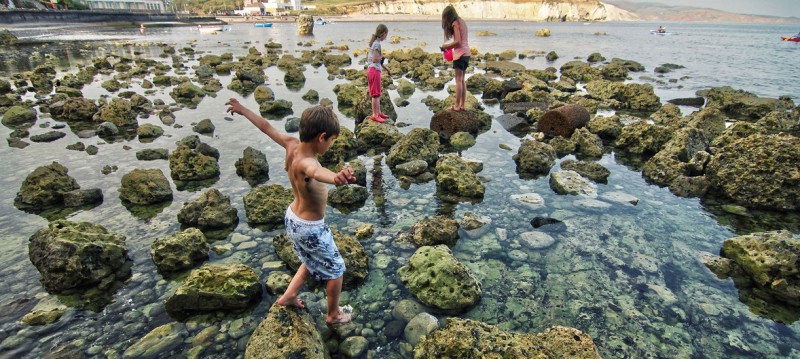Isle of Wight Biosphere Reserve in the United Kingdom is developing eco-tourism and testing new measures for climate change mitigation and adaptation. The coronavirus pandemic will likely cost the global tourism sector $2 trillion in lost revenue in 2021, the UN’s tourism body said Monday, calling the sector’s recovery “fragile” and “slow.” According to the latest forecast by the United Nations World Tourism Organization (UNWTO), the same amount was lost in 2020, making it one of the sectors hit hardest by the health crisis.
Despite recent improvements, the report warned that demand for travel could be further affected by “uneven vaccination rates around the world and new COVID-19 strains which had prompted new travel restrictions in some countries.
In the past few days, the emergence of the Omicron variant has led dozens of countries to reinstate restrictions on arrivals, or to delay relaxation in COVID-19 travel and testing rules, leading to wide uncertainty for holiday season travellers worldwide.
Spikes in oil prices and the disruption of global supply chains have also had an effect. According to the latest UNWTO data, international tourist arrivals are expected to remain 70-75 per cent below 2019 levels in 2021, a similar decline as in 2020.
‘We cannot let our guard down’
Although a 58 per cent increase in tourist arrivals was registered in July-September of this year compared to the same period in 2020, this remained 64 per cent below 2019 levels, the UN body found.
In August and September, arrivals were at 63 per cent lower than 2019, which is the highest monthly result since the start of the coronavirus pandemic. Between January and September 2021, worldwide international tourist arrivals stood at 20 per cent lower, compared to 2020, a clear improvement from the 54 per cent drop, over the first six months of the year.
“Data for the third quarter of 2021 is encouraging,” UNWTO Secretary-General Zurab Pololikashvili said. “However, arrivals are still 76 per cent below pre-pandemic levels and results across the different global regions remain uneven.”
In light of the rising cases and the emergence of new variants, he added that “we cannot let our guard down and need to continue our efforts to ensure equal access to vaccinations, coordinate travel procedures, make use of digital vaccination certificates to facilitate mobility, and continue to support the sector.”
Uneven recovery
Despite the improvement seen in the third quarter of the year, the pace of recovery remains slow and uneven across world regions.
In some sub-regions, such as Southern and Mediterranean Europe, the Caribbean, North and Central America, arrivals actually rose above 2020 levels in the first nine months of 2021.
However, arrivals in Asia and the Pacific were down by as much as 95 per cent when compared with 2019, as many destinations remained closed to non-essential travel.
Africa and the Middle East recorded 74 per cent and 81 per cent drops respectively in the third quarter compared to 2019. Among the larger destinations, Croatia, Mexico and Turkey showed the strongest recovery in the period of July to September.
Caribbean rebound
The Caribbean had the highest results of any of the subregions defined by the UNWTO, with arrivals up 55 per cent compared to 2020.
International tourist arrivals “rebounded” during the summer season in the Northern Hemisphere thanks to increased travel confidence, rapid vaccination and the easing of entry restrictions in many nations.
In Europe, the EU Digital Covid Certificate has helped facilitate free movement within the European Union, the report added.




Comments are closed.